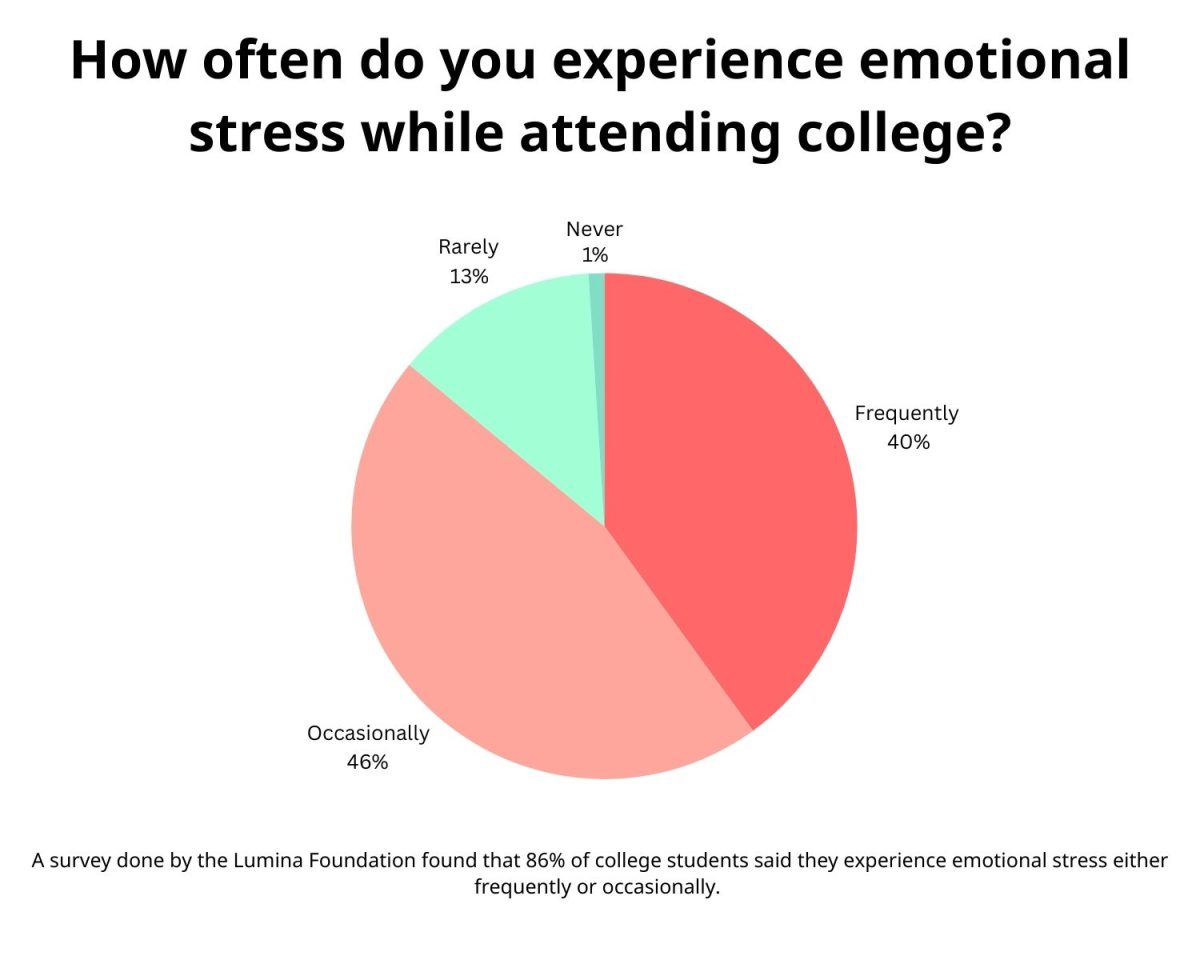If you are a student, chances are, at some point, you have been slated to occupy a nondescript beige box. If you are particularly unlucky, your beige box — a “room” in a “dormitory,” to use the standard charitable language — dates to middle of the last century, is a little musty when it rains and for some reason remains dark at all hours of the day even when the window is totally unobstructed. If you have a clean, modern beige box, count your blessings; but the fact remains that dormitories are, by design, bland rectangular prisms made more for easy maintenance than a particularly posh lifestyle.
No doubt this explains the use of posters, string lights and the like: nearly anything will do to cover the oppressively drab swathes of drywall and cinder block. Even if you have arrived with armfuls of the standard decor, something is still missing. Especially when the windows are thoroughly covered to distract from your late-nighter-destroyed circadian rhythm, a room can seem lifeless — and without houseplants, it is lifeless (we will forget about unwelcome insects for the moment). Perhaps if you have a “brown thumb” or picture all houseplants as particularly needy, you might not take kindly to the suggestion: but growing houseplants is easier than you think and is sure to enliven what can be an otherwise uninspiring space.
Houseplants have been enjoying a popular resurgence lately. Unfortunately, this popularity has placed many store-bought succulents sitting on dark desks, slowly shriveling away, sure to convince their owners that houseplants are just, well, difficult. There are two options then: getting some plastic foliage in a pot from Walmart or giving houseplants another shot. Needless to say, I advocate the latter. Maybe because of increased environmental awareness, and no doubt the long durations spent at home due to the pandemic, houseplants are more popular among Millennials and Gen Z than ever before. Luke Revitsky, writing for Civic Science, notes the top three reasons people own houseplants are to improve indoor air quality, accentuate their interior design and to provide something beautiful to look at.
Interestingly, the desire to care for something alive — often dubbed “parenting” — is twice as prevalent among Gen Z 13 to 24-year-olds. Not only do houseplants serve decorative purposes, but they also fulfill a deeper desire to foster something dynamic and dependent. A cherished Philodendron can be something of a low-maintenance pet except there are no rules restricting houseplant ownership, and plants do not have a habit of chewing furniture or soiling carpet, unlike their animal counterparts. Caring for houseplants can become a soothing routine, with each new growth a cause for celebration.
While indoor gardening can seem to be an innately introspective activity, consisting entirely of peaceful and solitary moments spent watering or in simple admiration, the community of plant lovers opens many social opportunities to share enthusiasm and learn from collective experience. Casey Bond, in an article for Huffington Post, notes the enormous houseplant community on Instagram, which showcases users’ plant collections and drives the popularity of such plants as Monstera and fiddle-leaf fig. The easy propagation of many houseplants from cuttings makes in-person cutting swaps a simple way to expand a growing plant collection. Add to this local gardening clubs and dedicated plant societies, and the pastime becomes an eminently social pursuit.
Modern life is stressful, and a fast-paced work and school schedule takes its psychological toll. Min-sun Lee and colleagues, writing for the Journal of Physiological Anthropology, found that gardening tasks left study participants “more comfortable, soothed, and natural” when compared to computer-based tasks. Gardening was even found to significantly lower blood pressure. Houseplants can really make a difference in personal wellbeing, and given the recent impetus of self-care practices, there is no better time to green up your space. Start with some easy, low-light tropicals like a snake plant (Sansevieria) or ZZ plant (Zamioculcas zamiifolia).
The MSU Office of Sustainability is hosting Green Week Oct. 11 to Oct. 15. To get a free houseplant, stop by the MSU Horticulture Club table on the Drill Field, 11 a.m. to 1 p.m. Oct. 11.
Categories:
Take a “leaf” of faith with houseplants
0
Donate to The Reflector
Your donation will support the student journalists of Mississippi State University. Your contribution will allow us to purchase equipment and cover our annual website hosting costs.
More to Discover






